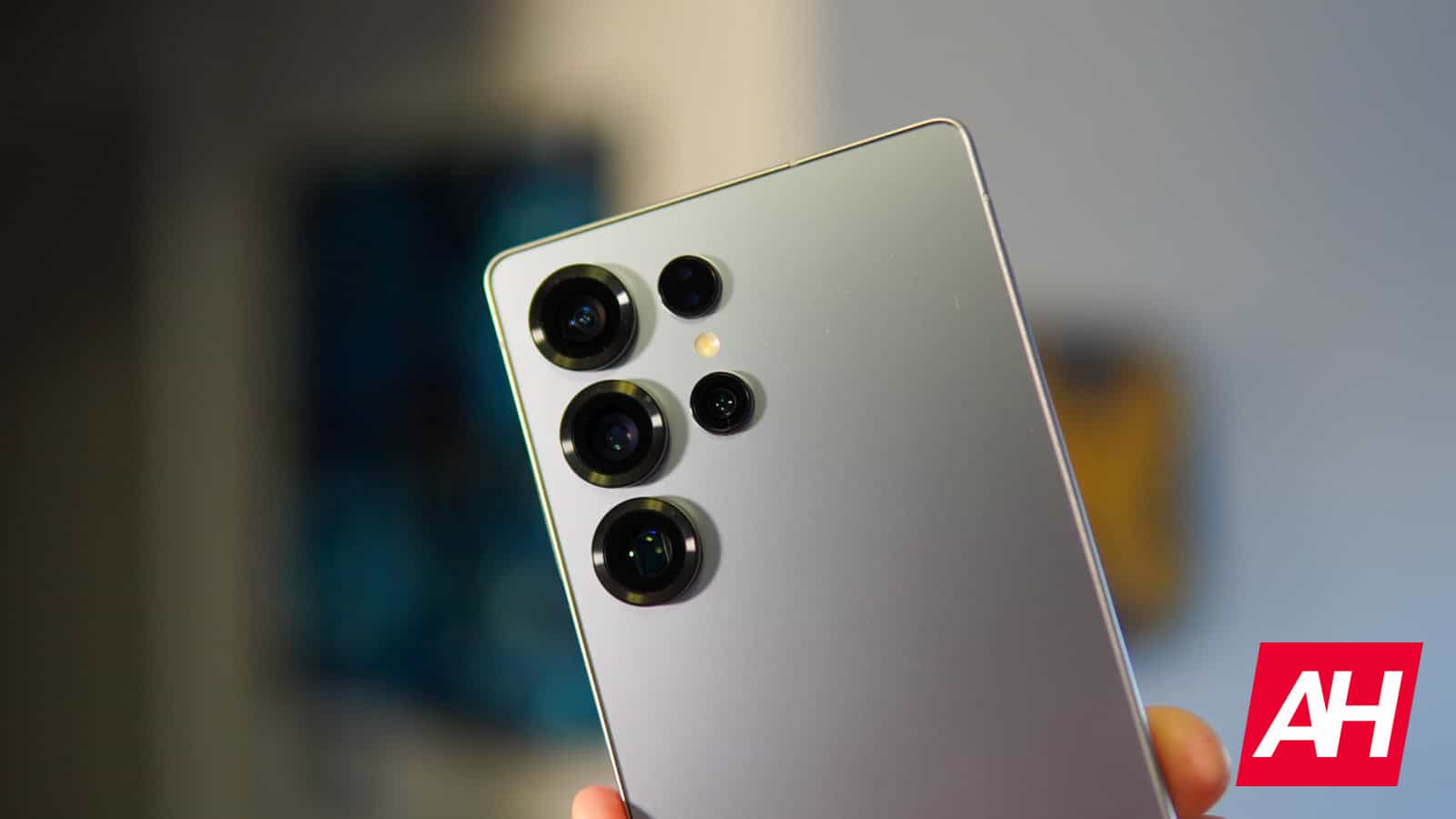
The evolution of the Samsung Galaxy phone camera has come a long way, which is why Samsung has put together an infographic showcasing the changes, updates, and improvements made to its phone camera hardware over the years. In fact, the infographic covers the last 15 years. From the very first Galaxy S phone release in 2010, all the way to this year’s Galaxy S25 Ultra.
When you think about it, that’s a lot of ground to cover. And surely, 15 years of advancements in the smartphone industry, coupled with advancements in smartphone camera technology, would include some big leaps. Indeed, it does, and Samsung isn’t shy about pointing it out.
The company is also simply excited to share the distance its technology in smartphone cameras has traveled. And, quite likely, there are a few tidbits you might not be aware of. For example, did you know the first Galaxy S smartphone to come with 1080p video recording at 30 frames per second was the Galaxy S II? Well, it was, and things only went up from there.
Galaxy S camera evolution has helped shape the landscape of smartphone photography
Galaxy S camera photography’s humble beginnings may have started with a simple 5MP camera sensor with Autofocus, but it’s reached much higher heights since then. Over the years, Samsung has continued to evolve its Galaxy S camera tech to include some of the most bleeding-edge smartphone camera hardware and features available.
Whether or not you would personally consider Galaxy S smartphone cameras as the best phone cameras on the market or not, there’s no disputing that Samsung’s advancements have helped shape the landscape of smartphone photography. As much as Apple and Google have with the iPhone and Pixel series.
All the way back in 2013, Samsung launched the Galaxy S4 Zoom. This was the world’s first smartphone that featured 10x optical zoom. Fast forward 12 years, and there are more than a few devices that offer this kind of capability. The Samsung Galaxy S23 Ultra, the iPhone 16 Pro, the Google Pixel 9 Pro, and the Vivo X200 Pro are just a few examples.



